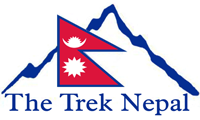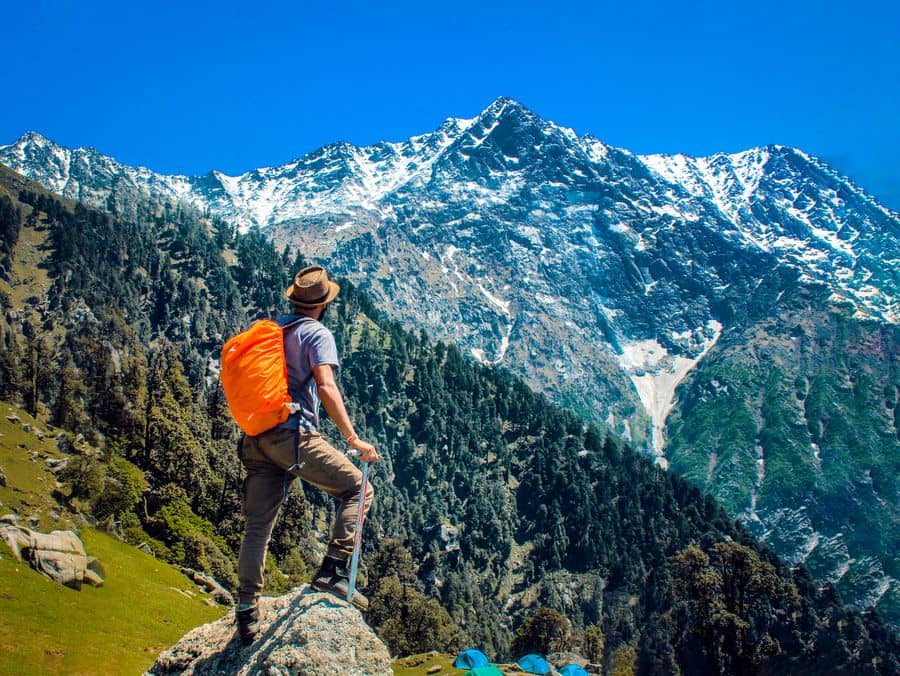Why you should refrain from trekking alone
Trekking in the wilderness is an exotic experience and in recent times, the trend of going solo is extremely high. There are two schools of thought on this ideology. One side argues that traveling solo removes the hassle of group travel and lets you experience everything by yourself. On the other hand, there is an idea that trekking alone bears more risk than it provides rewards. In this blog, we shall discuss why you should refrain from solo treks.
1. Personal safety issues during trekking alone
Exploring the wild environment on your own places a huge exclamation mark on your safety. For instance, lone trekkers are often robbed in silent trails. Another example is when you get injured, there won’t be anyone to care for you. You might say that I have first-aid equipment but at the same time, you have to carry them and walk. It puts an additional strain on your body.
No matter how good you are, you will face problems like sore feet, blisters, or worse, a sprained ankle. During such times, you’ll feel that trekking alone is not such a good idea. The possibilities of problems that may occur are limitless and, in such cases, a companion would be very accommodating. Some medical issues in trekking can’t be handle alone. At least you need a friend or guide for that.
2. Loneliness can be bothering
On the trek, you witness something awe-inspiring like the intricate collage of mountains or the sapphire horizon. You might reach out to your partner to say ‘Look at that’ but unfortunately, there is nobody. Happiness multiplies when it is shared and your inaptitude to reciprocate this feeling can be saddening. In such a moment, you will realize that exploring by yourself is a bane.
3. Comparatively higher costs
When you choose to travel alone, you need to consider a wide variety of factors. One of the most important factors is money. You cannot expect to gain quality experience by allocating a limited budget. Your cost starts to increase bit by bit from the very beginning of the trek. From selecting hotels, teahouses, and lodges to tour permits, you’ll have to spend a bit extra. In terms of money, trekking alone is relatively expensive.
You’ll have to pay more on factors like:
- Transportation
The per head price for each person is lower if you travel in a group.
- Hotels in the city
In a group, you can avail of the group discount facility whereas, for a single person, it is not available.
- Teahouses
The accommodation facility in the teahouse accommodates 3-4 people in a room. If you want a room by yourself, then you have to pay the cost of other people as well. This can be expensive especially in the long treks.
4. High risk of getting lost is the next drawback of trekking alone
Every once in awhile, we hear trekkers losing their way in the wilderness. Some are lucky to come out of it alive whereas some of them are not so lucky. When you are trekking alone, there is a high possibility that you might end up in the latter category. Solo travelers tend to rely on maps and internet maps. It is important to realize that such instruments will only get you so far. Later, you have to rely on people.
Normally, the locals do not speak English. During such cases, you’ll feel lost and simultaneously, won’t be able to complete the trek on time. It further adds strains and woe to your head.
5. The wilderness
On the trek, you will encounter wild animals from time to time. If its birds and small animals, then it does not cause much of a problem. However, there are instances where you might face leopard or tigers. In such cases, having a companion is very useful. The animal normally does not attack if it sees people in a group but a single person is an easy target. It is one of the biggest drawbacks of trekking alone.
From the above points, it is clearly visible that solo travel has many risks. These risks are prevalent and are very difficult to mitigate. If you want to experience a well-balanced, safe, and enjoyable trek, then it is better to travel in a group with an authorized tour provider.
Do not travel without a Guide
The guide is a professional and have more experience than you collect from the book and other experience sharing. He knows very well the climate, avalanche safety measures in the Himalayan region, and many other things. You pay him for your safety. You can enjoy your trekking when there is a guide with you. But if you go alone you suffer from different stressful thoughts and you can’t enjoy the trip very much. So to enjoy your trekking very much and for safety you need a guide. So, do not travel trek without a guide. Check to read is it safe to go trekking without a guide which explain you better why you need guide?

